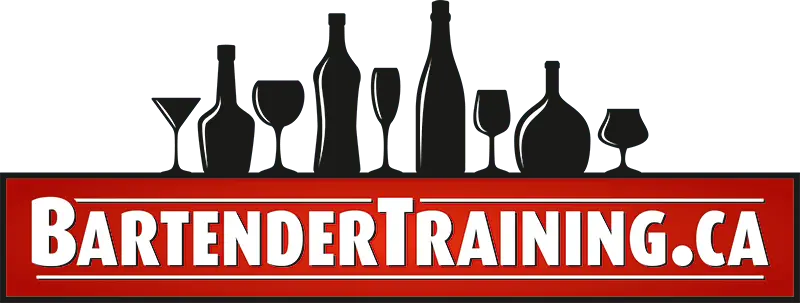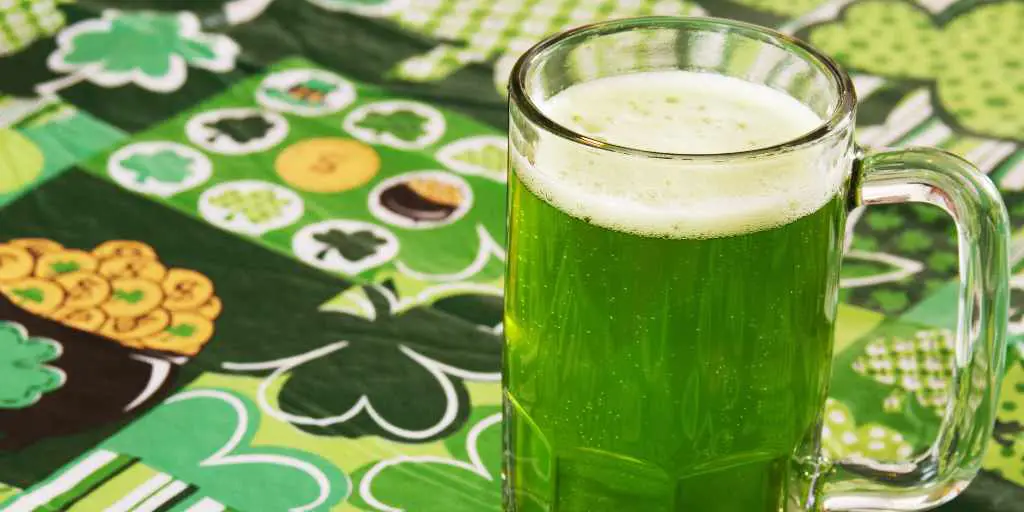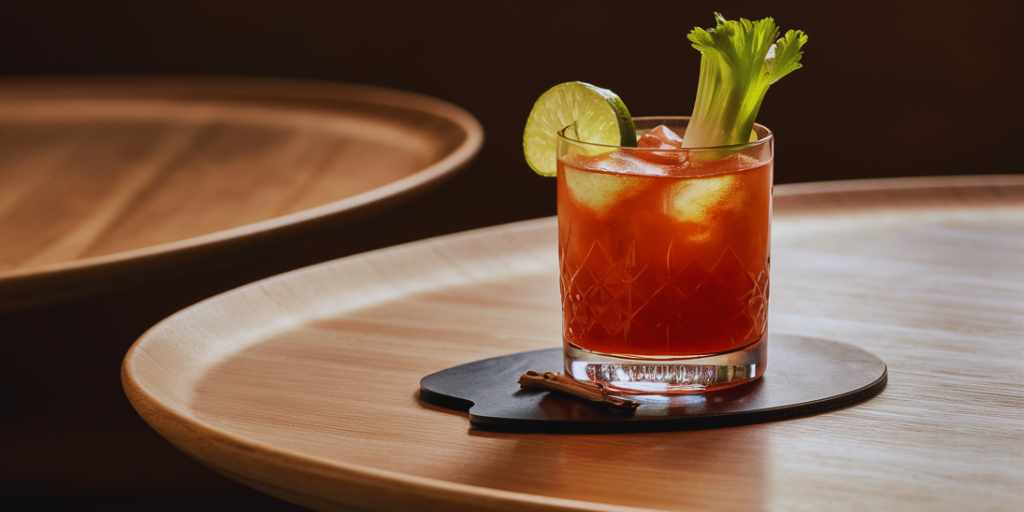Have you ever noticed a bartender tapping the bar with their hand or a utensil? It’s a common phenomenon that occurs in bars all around the world. But have you ever wondered why bartenders tap the bar? This article will explore the various reasons behind this behaviour, ranging from communication to superstition to technique.
We will also delve into the historical context of bartending and how bar tapping has evolved over time. By the end of this article, you’ll have a deeper understanding of this fascinating aspect of bartending culture.
Historical Context
Bartending has a rich and storied history that dates back centuries. In ancient civilizations such as Egypt and Greece, people enjoyed drinking fermented beverages such as beer and wine. As the art of bartending evolved, so did the tools and techniques used by bartenders. The first recorded use of a shaker to mix cocktails was in the early 1800s. The first bar spoon was created in the 1860s. Bartending schools and manuals became popular in the early 1900s, solidifying the profession as a respectable trade. Bar tapping has been a tradition for as long as there have been bars.
It isn’t easy to pinpoint precisely when this behaviour began, but bartenders have likely been tapping the bar to communicate with their customers for centuries. Over time, bar tapping has become a well-known part of bartending culture, with different regions and countries developing their own unique traditions.
Communication
One of the main reasons bartenders taps the bar is to communicate with their customers. Bar tapping can signal that a customer’s order is ready or get the attention of a customer who needs to place an order. For example, a bartender might tap the bar twice to let a customer know that their drink is ready, or tap the bar repeatedly to get the attention of a customer who is deep in conversation.
The sound of the tap can also convey different messages. A loud tap might indicate urgency, while a soft tap might be used to signal a more relaxed vibe. In this way, bar tapping is an important tool for bartenders to communicate with their customers in a noisy and busy environment.
Superstition
In addition to communication, superstition also plays a role in why bartenders tap the bar. Many bartenders believe that tapping the bar brings good luck or wards off bad luck.
For example, some bartenders tap the bar three times before pouring a shot, believing that it will bring prosperity and good fortune. Others tap the bar after making a mistake, hoping to reverse any negative energy.
These superstitions vary from region to region and from bartender to bartender, but they all contribute to the lore and tradition of bartending. Whether or not the superstitions hold any real power, they add an element of mystery and mystique to the art of bartending.
Technique
Bar tapping is not just a matter of hitting the bar with your hand or a utensil. There is a technique to it, and different types of taps can convey different messages.
For example, a quick tap might indicate that a customer’s order is ready, while a slower tap might be used to signal a more relaxed atmosphere. Some bartenders even use different parts of their hands or utensils to create different sounds.
The key to good bar tapping is control – bartenders need to be able to produce the right sound at the right time without disturbing other customers or detracting from the overall atmosphere of the bar. With practice, bartenders can develop their unique style of bar tapping that sets them apart from others in their profession.
Conclusion
In conclusion, the art of bar tapping is a fascinating and integral part of bartending culture. Whether used for communication, superstition, or technique, the sound of a bartender’s tap is a familiar and comforting presence in bars around the world.
From the ancient civilizations of Egypt and Greece to the modern craft cocktail bars of today, bartenders have been using their skills to mix drinks and communicate with customers for centuries. So the next time you hear a bartender tap the bar, take a moment to appreciate the history and tradition behind this simple yet powerful gesture.
Who knows, maybe it’ll even bring you a little bit of luck!




